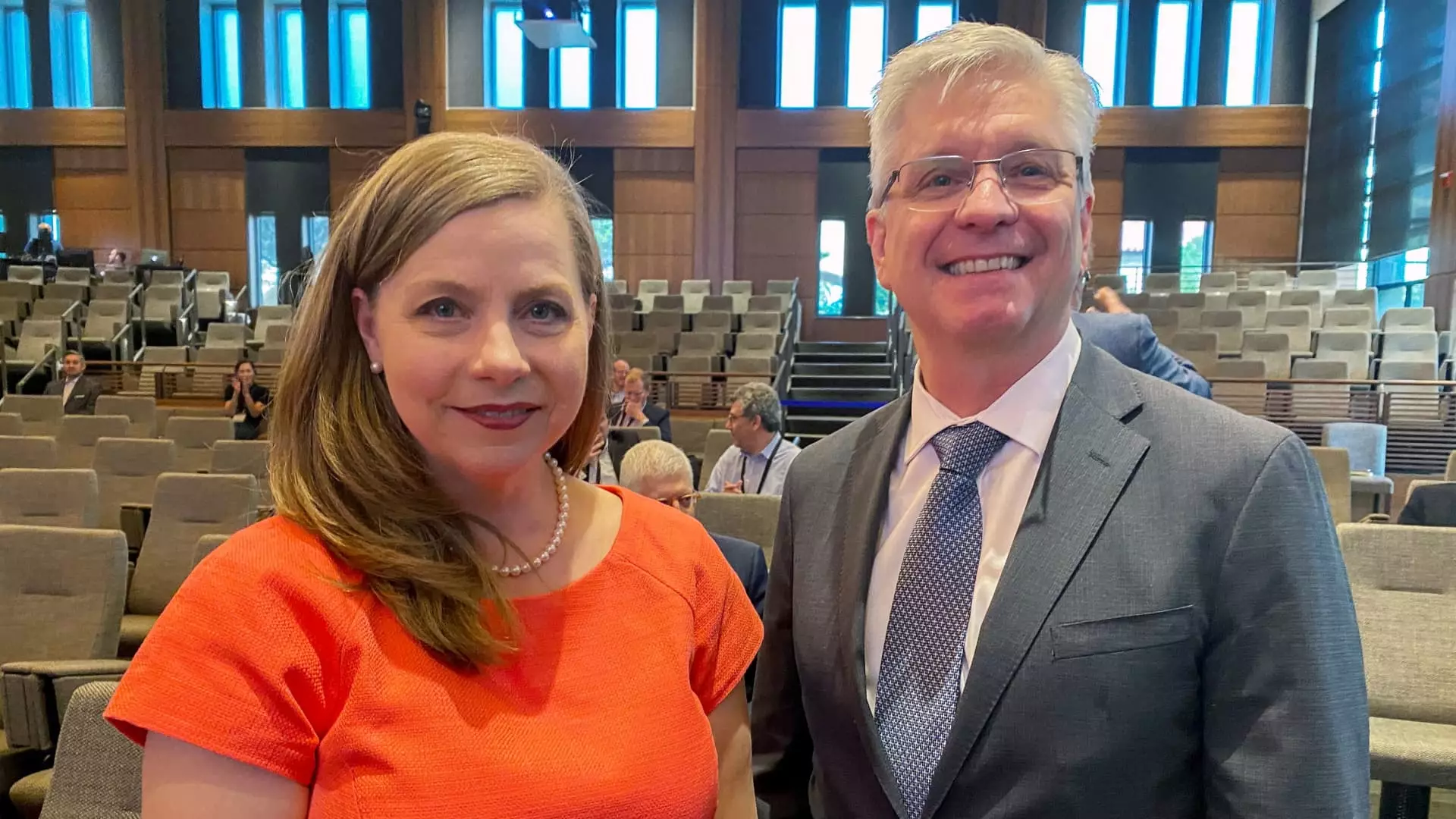The recent announcement regarding the early exit of Michael Barr, the Federal Reserve’s Vice Chair for Supervision, has ignited discussions about the future landscape of banking regulation in the United States. His decision to resign, reportedly to evade potential legal confrontations with the Trump administration, presents a unique opportunity for a more accommodating regulatory environment for banks. This article delves into the implications of Barr’s departure, the potential candidates for his replacement, and the influence of the evolving regulatory climate on financial institutions and their stock performance.
Michael Barr’s resignation is set to take effect next month, a move that starkly contrasts with his earlier statements about his commitment to the role. His resignation comes approximately 18 months ahead of schedule and opens up an avenue for the appointment of a regulatory figure more aligned with the deregulatory priorities espoused by former President Donald Trump. Barr has been at the center of a contentious dialogue surrounding bank capital requirements, particularly concerning his support for stricter regulations intended to enhance the resilience of the banking system.
Hailed as a pivotal player in drafting the Basel III Endgame framework, Barr’s exit could signify a substantial shift in how U.S. banking regulations are structured. The potential for softer regulations comes at a crucial time when U.S. banks are already experiencing a resurgence in optimism following the recent electoral outcomes, which have historically correlated with a more favorable regulatory environment for financial institutions.
With Barr’s departure, attention turns to potential candidates to fill the Vacant Vice Chair for Supervision position. Among the individuals speculated to be in contention is Michelle Bowman, a current Federal Reserve governor with a background in community banking. Bowman has previously criticized Barr’s approach towards capital requirements and is perceived as someone who could usher in a more industry-friendly regulatory agenda.
The prospect of Bowman taking charge raises questions about the balance of regulatory scrutiny versus industry growth. “We need reforms that not only align with the Basel agreements but also respond to the specific needs of the U.S. banking landscape,” Bowman stated recently, advocating for a reformist approach rather than one focused solely on capital accumulation. This sentiment resonates with many in the banking industry who feel constrained by the rigorous oversight measures.
Additionally, Christopher Waller, another Republican governor, remains a potential candidate. His position, however, is less vocal on the matter of capital regulation, leaving the frontrunner status largely with Bowman, whose priorities align closely with many stakeholders within the banking sector.
Market reactions to Barr’s announcement were immediate and pronounced, with bank stocks experiencing an uptick following his decision. This sentiment reflects the broader expectation that Barr’s successor might implement regulations that allow for greater flexibility and increased capital distribution methods such as share buybacks. The KBW Bank Index saw gains, indicating that investors are betting on an environment conducive to profitability for banks.
Analysts foresee that any regulatory reforms under Bowman could diminish the stringent capital requirements that Barr had pushed for. The initial provisions of the Basel Endgame, which proposed significant increases in capital reserves for major banks, may undergo revisions that render them less burdensome. This easing of capital constraints is expected to liberate substantial capital reserves, allowing banks to reinvest in growth initiatives or return capital to shareholders—an attractive proposition for investors.
Despite the shifts in regulatory oversight with Barr’s resignation, it is important to acknowledge that his role as a Federal Reserve governor will remain unaltered. This nuance ensures that the current balance of power, with a 4-3 Democratic majority on the Federal Reserve board, persists. Brian Graham of Klaros Group underscores the clever strategic maneuvering behind Barr’s decision to step down from one role while maintaining influence in another. This duality may safeguard some level of regulatory oversight even as the industry-friendly reforms are anticipated.
As the banking landscape continues to evolve amidst changing regulatory frameworks, stakeholders must remain vigilant. Understanding the possible impacts of these transitions will be crucial for anticipating market movements and aligning business strategies accordingly.
Michael Barr’s resignation presents a pivotal moment in the realm of U.S. banking regulation. The selection of his successor could not only redefine how banks operate in the immediate future but also shape the regulatory landscape for years to come. With the potential repositioning towards a more favorable environment for banks, the financial sector stands at the brink of significant transformations.

